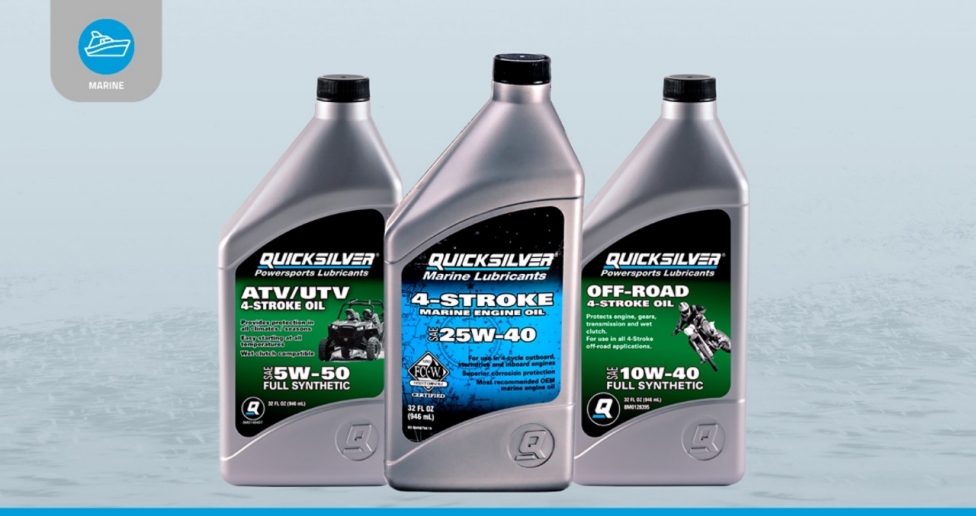When it comes to the debate between timing chains and timing belts, one of the most common questions that come up is which one lasts longer. Both timing chains and timing belts play a crucial role in the operation of an engine, but they have different lifespans and maintenance requirements. In this article, we will explore the differences between timing chains and timing belts and determine which one typically lasts longer.

Credit: www.jdpower.com
Credit: www.quora.com
Timing Chain vs. Timing Belt
Before delving into the longevity of timing chains and timing belts, let’s first understand the basic differences between the two components.
| Timing Chain | Timing Belt |
|---|---|
| Made of metal | Made of rubber |
| Typically lasts the entire engine’s life | Requires replacement at specific intervals |
| Rarely breaks | Prone to breaking if not replaced on time |
From the comparison above, it’s evident that timing chains are designed to be more durable and long-lasting compared to timing belts. The material composition and the maintenance requirements are the primary factors that contribute to their differing lifespans. For details, click here.
Read More: Timing Belt vs Gear
Longevity of Timing Chains
Timing chains are constructed from metal, which inherently makes them more resilient and less prone to wear and tear. As a result, timing chains are known to last the entire lifespan of the engine in which they are installed. Barring any unforeseen issues such as guide or lash adjuster failures, timing chains typically do not require replacement under normal operating conditions.
Furthermore, timing chains are less likely to break compared to timing belts. Their robust construction and durability make them a reliable component in an engine’s timing system, providing long-lasting performance without the need for frequent replacements.
Longevity of Timing Belts
On the other hand, timing belts are made of rubber, which is more susceptible to degradation over time. As a result, timing belts have specific replacement intervals recommended by manufacturers, typically ranging from 60,000 to 100,000 miles, depending on the make and model of the vehicle.
If a timing belt is not replaced within the recommended interval, it can lead to catastrophic engine damage if it breaks while the engine is running. This is a significant downside of timing belts, as neglecting their replacement can result in costly repairs and potential engine failure.
Which Lasts Longer?
Based on the construction and maintenance requirements of both components, it is clear that timing chains have a longer lifespan compared to timing belts. The durability and robustness of timing chains make them a preferred choice for many engine designs, especially in applications where longevity and reliability are essential.
While timing belts have their advantages, such as being quieter and cheaper to produce, their limited lifespan and potential for catastrophic failure if not replaced on time make them less favorable in terms of longevity when compared to timing chains.
Frequently Asked Questions
How Long Will A Timing Chain Last?
A timing chain can last the entire lifespan of an engine, unlike a timing belt that usually needs to be replaced every 60,000 to 100,000 miles. Timing chains very rarely break, but they may require replacement if a guide or lash adjuster fails or during engine repair work.
What Lasts Longer, A Timing Belt Or A Chain?
A timing chain typically lasts longer than a timing belt. Chains are made of metal, which provides durability and can last the entire life of the engine. In contrast, timing belts need to be replaced at regular intervals. Although timing chains rarely break, any issues can be easily detected and resolved before causing major damage.
This longer lifespan and ease of maintenance make timing chains a preferred choice over timing belts.
Can A Timing Chain Last 200 000 Miles?
A timing chain can last up to 200,000 miles or even longer. Unlike timing belts, timing chains are made of durable metal and have a longer lifespan. While timing chains rarely break, it is still important to catch any potential problems before they become severe.
Regular maintenance and inspections are key to ensuring the longevity of a timing chain.
What Are The Disadvantages Of Timing Chain Drives?
The disadvantages of timing chain drives are higher cost and some influence on engine dynamics compared to timing belts.
Conclusion
In conclusion, the longevity of a timing chain far surpasses that of a timing belt. The robust construction and durability of timing chains make them a reliable and long-lasting component in an engine’s timing system. While both timing chains and timing belts play crucial roles in ensuring the proper operation of an engine, the extended lifespan of timing chains makes them a preferred choice for many vehicle manufacturers and owners.
Ultimately, when it comes to the question of which component lasts longer, the timing chain emerges as the clear winner, offering unmatched longevity and reliability in comparison to its counterpart, the timing belt.
For more information about timing chains and timing belts, feel free to reach out to our experts and stay tuned for more insightful automotive articles.


